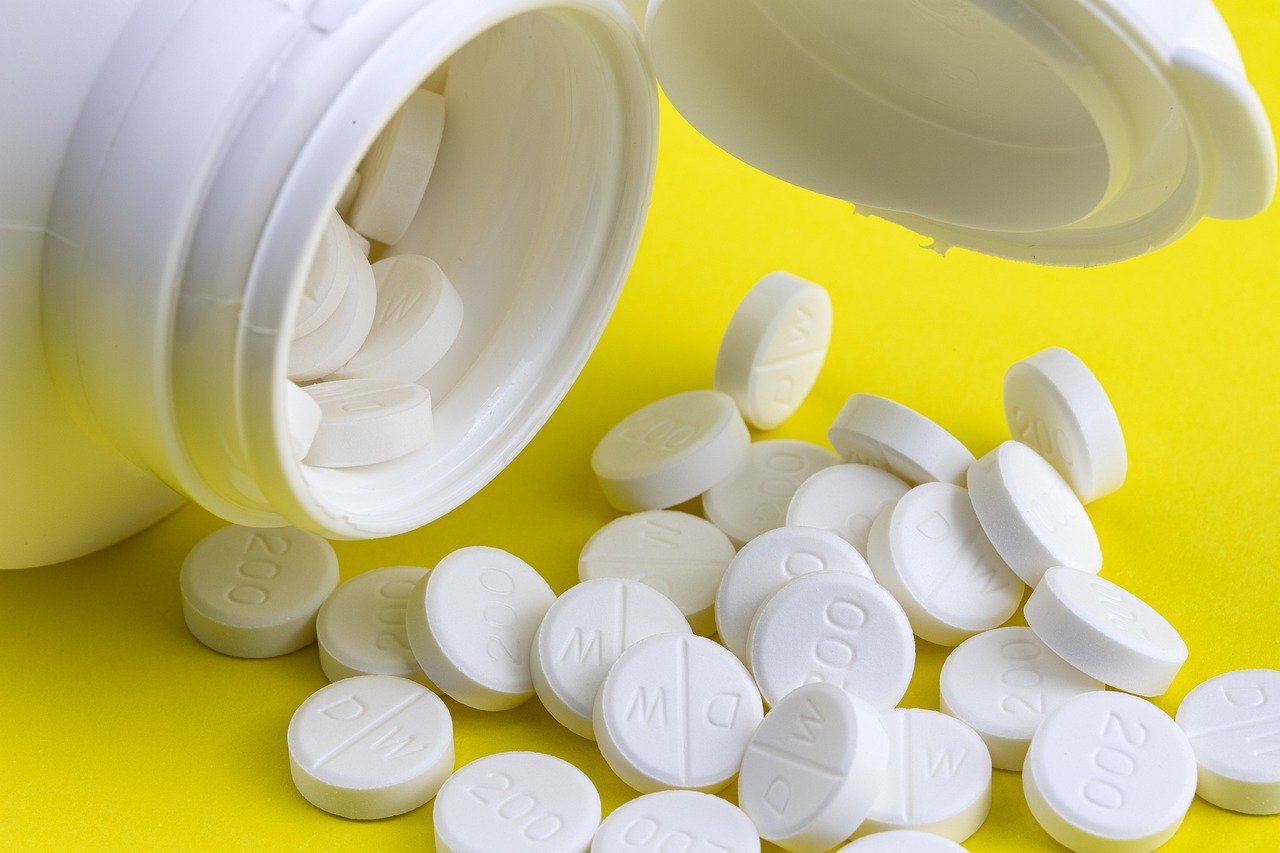A Paris court on Monday found pharmaceutical giant Servier guilty of “aggravated fraud” and “involuntary manslaughter” over its diabetes and weight loss pill, Mediator. The drug is blamed for hundreds of deaths, in what is the biggest medical scandal in France’s history.
The court fined Servier €2.7 million and ordered the company to pay hundreds of millions more in damages that will be shared out by plaintiffs. Damages for aggravated deception, manslaughter, and other and harms total hundreds of millions of euros. Separate from this decision, as of March 1 of this year Servier has sent 3,884 compensation offers totaling €199.6 million to consumers, €177.6 of which has already been paid out.
In this same decision, Jean-Philippe Seta was given a four-year suspended prison sentence. Seta is the former right-hand man of Servier’s CEO Jacques Servier, who was subject to initial proceedings but died in 2014.
The court on Monday also levied a €303,000 fine against France’s drug regulator, l’agence nationale de sécurité du médicament et des prollduits de santé (ANSM), for failing its mandate to protect consumers.
More than 6,500 plaintiffs sought justice in these proceedings, and more than 400 lawyers worked on the case. During its 517+ hour trial from September 2019 to July 2020, one question was central: how could Mediator have been prescribed for well over three decades, despite repeated alerts regarding its dangerousness?
The prosecution, led by Aude Le Guilcher, sought to prove the pharmaceutical giant knowingly concealed the anorectic properties and dangerous side effects of these pills, which were used by 5 million people until they were pulled from the market in 2009. Le Guilcher urged the court to restore betrayed confidence by finding guilt in the parties who placed their financial interests above the health of consumers, despite known risks.
Servier has consistently denied allegations that it knowingly deceived consumers. The company’s legal counsel asserted Servier did not identify a significant risk before 2009.
The first alerts on the toxicity of the drug emerged in the 1990s when reports connected it to lesions on patients’ heart valves (valve disease), as well as pulmonary arterial hypertension (PAH), which is a rare and fatal pathology.


